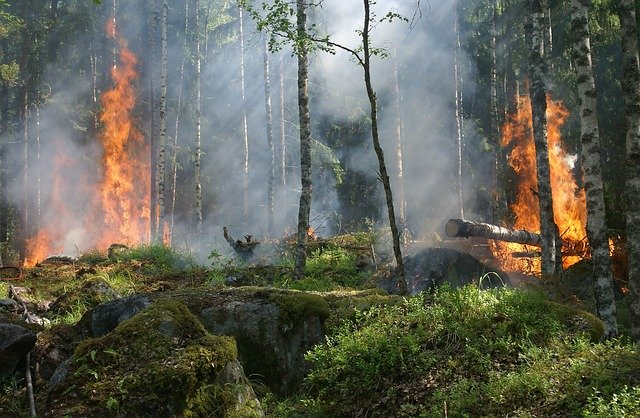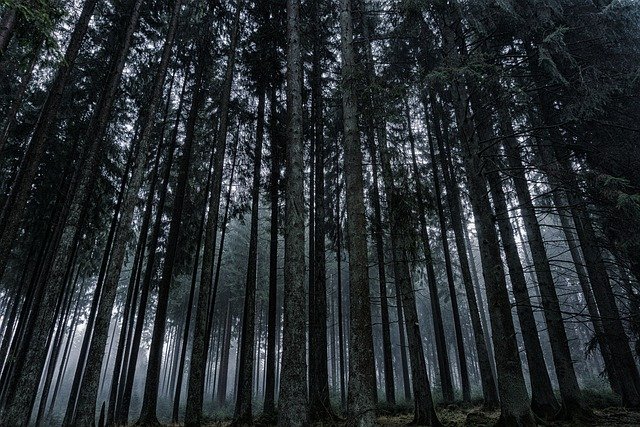**Topic: "The Evolution of Storytelling in Video Games

The Secret Lives of Urban Wildlife
Urban environments are bustling hubs of human activity, but they also serve as unique habitats for a diverse array of wildlife. From raccoons rummaging through trash cans to hawks soaring above skyscrapers, urban wildlife has adapted in fascinating ways to thrive in our cities. Let’s dive into the secret lives of these remarkable creatures and explore how they navigate the challenges and opportunities of urban living.
1. Adaptation to Urban Life
Urban wildlife has shown incredible adaptability. Many species have learned to exploit human resources, such as food waste and nesting sites. For example:
- Raccoons are infamous for their cleverness in accessing garbage bins, showcasing their problem-solving skills.
- Pigeons have become synonymous with city life, utilizing buildings and bridges as nesting sites, far from their natural habitats.
Survival Strategies
Urban animals often employ unique strategies to survive:
- Nocturnal Behavior: Many species, like foxes and opossums, have shifted their activity to nighttime to avoid human encounters.
- Camouflage and Stealth: Creatures like deer and coyotes have learned to blend into urban environments, using parks and green spaces as cover.
2. The Role of Green Spaces
Parks and gardens play a crucial role in supporting urban wildlife. These green spaces provide essential resources such as food, shelter, and breeding grounds.
Biodiversity Hotspots
Urban parks can be biodiversity hotspots, hosting a variety of species, including:
- Birds: Sparrows, cardinals, and even migratory species find refuge in urban parks.
- Insects: Pollinators like bees and butterflies thrive in community gardens and flower beds.
3. Human-Wildlife Interactions
The relationship between urban wildlife and humans can be complex. While some people appreciate the presence of wildlife, others may see them as pests.
Coexistence Strategies
To foster a harmonious relationship, consider adopting these practices:
- Educate Yourself: Understanding the habits and needs of urban wildlife can help mitigate conflicts.
- Habitat Enhancement: Plant native species in your garden to attract and support local wildlife.
4. Urban Wildlife Conservation
As cities expand, the habitats of urban wildlife are increasingly threatened. Conservation efforts are essential to protect these species and their environments.
Community Involvement
Getting involved in local conservation initiatives can make a significant impact. Here are some ways to contribute:
- Participate in Citizen Science: Join projects that monitor urban wildlife populations.
- Advocate for Green Spaces: Support policies that promote the creation and maintenance of parks and natural areas.
Conclusion
The secret lives of urban wildlife are a testament to nature's resilience and adaptability. By recognizing and respecting the creatures that share our urban spaces, we can foster a deeper connection with the natural world and contribute to the sustainability of our cities. Let’s celebrate the wildlife that thrives alongside us and work together to ensure their survival for generations to come!
Feel free to share your own experiences with urban wildlife in the comments below! What animals have you spotted in your city? 🦊🌳🐦

All images are taken from the Pixabay.com